After 30 hours of flying, 8 hours in airports and 4 countries I arrived in Islamabad, Pakistan. I flew from Seattle to
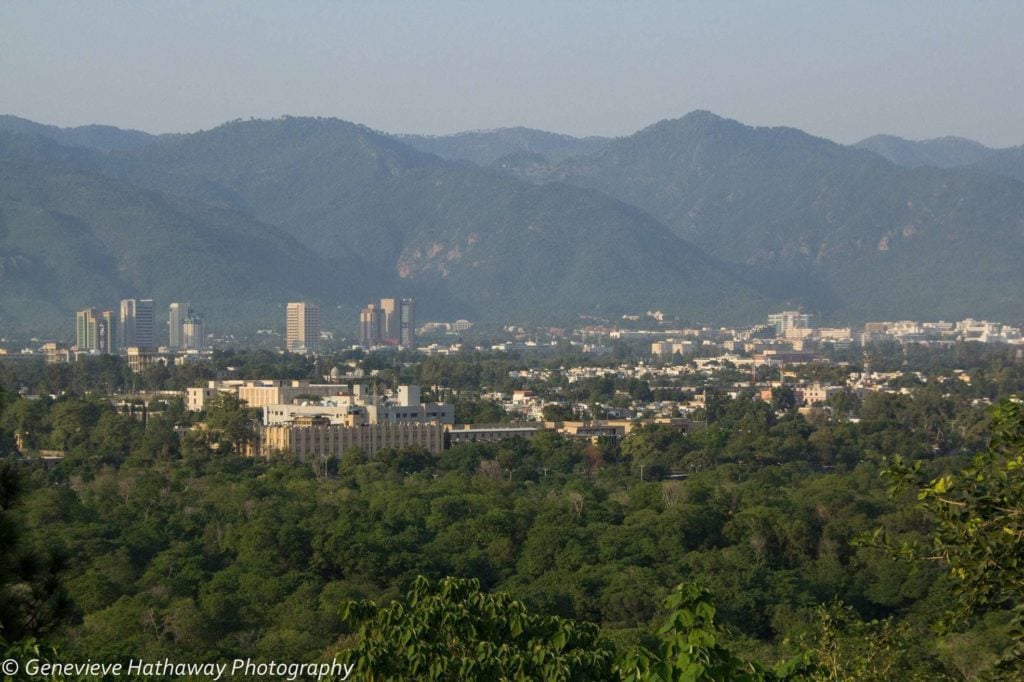
Washington DC to Dubai to Muscat (Oman) to Islamabad. Flying East, I chased night. It was night in each new country and when my plane finally touched down in Islamabad the sun had just broken the horizon casting a pink glow over the city.
I was traveling to Pakistan for my non-profit project Gear for Gals in Pakistan to bring much needed women’s climbing gear to the Pakistan Youth Outreach, an organizing promoting gender equality in Pakistan by training women as mountaineers. It is very difficlt to buy women’s climbing gear in Pakistan, and website and organizations do not ship to Pakistan. I have fundraised $15,000 in women’s climbing gear, bringing it to Pakistan to help the Pakistan Youth Outreach train even more women in mountaineering. They were severely lacking in women’s mountaineering and climbing gear, so every crampon, harness and helmet made a big difference.
Each leg of flying brought a change in the make-up of my fellow passengers. By the time I entered the Middle Eastern Airways’ lounge in Muscat’s airport, where I would board my flight to Pakistan, I was one of three women in the waiting area. And I was the only non-Muslim woman. Plus I have bright red hair. Needless to say I got stared at a lot. Not a lot of western woman fly into Islamabad, let alone one traveling solo. I was not what they expected, though from my years of living in the Middle East I was used to the stares.
Landing in Islamabad, I hadn’t made it through customs before I made my first cultural faux pas — not walking to the head of the immigration line. In Pakistan, unaccompanied woman (not accompanied by a male) are supposed to go to the front of the queue. Still in my western mindset, I walk to the back of the line, put my head down to look at my phone and text my mom that I was safe-and-sound in Islamabad. Minutes passed and I was clueless of all the men in line starring at me. After five or so minutes, when it became apparent I was not getting the hint that I needed to move to the front of the line, an elderly gentleman came up to me, took one of my giant pieces of luggage and drug it to the front of the line. I scurried after him, dragging my monstrous duffle with me, unsure of why a random stranger had hauled my luggage up the line. He deposited me and three bags next to the immigration agent, then walked back to his place in line. It was then I realized that the line had not moved, everyone was waiting for me, the unaccompanied female, to take my rightful position at the front of the line. For the restrictions that are placed on women in Pakistan, there are times can be benefits of the cultural attitudes — skipping the long immigration line was one of the them. The immigration agent quickly stamped my passport and gave me a “welcome to Pakistan” along with a big smile.
I was “in” and ready to explore this fascinating country, as well as help some adventurous ladies achieve their goals of learning to mountaineer.
Once through customs, I exited the arrival gate, meeting my friend’s brother and the Director of the Pakistan Youth
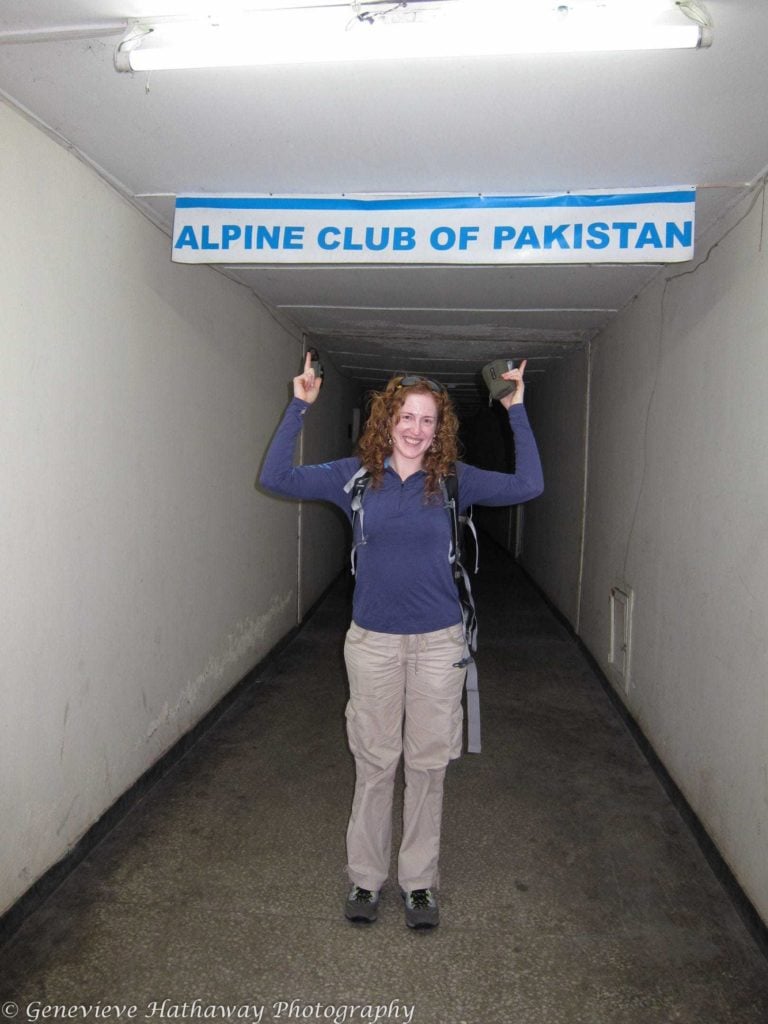
Outreach, Mirza Ali. Both men had come to the airport to greet me on arrival and welcome me to Pakistan. After a brief stop at my friend’s family home to meet his mom, Mirza and I headed to the Alpine Club of Pakistan to meet with to Director. We needed to fill out some paperwork to travel up the Karakorum Highway to northern Pakistan. After seeing the abandoned athletic center where the ACP has it’s offices (the buildings are abandoned because the government never funded the athletics programs), Mirza and I dropped the gear I had brought to Pakistan at his Pakistan Youth Outreach offices.
With all of our paperwork official and in order, we took a taxi to the Natco bus station (Natco is the local bus company that makes the two day journey up the KKH) to make the 26 hour journey to Hunza in northern Pakistan.
Driving through Islamabad, I felt like I was back in my childhood home of Bellevue, Washington, USA. The city is littered with parks, wide tree-lined boulevards, lush gardens, and large expensive homes. Islamabad is situated between the Margalla Hills (forested foothills) and a large lake. There is a central business district with modern glass and steel skycrappers. As we drove through the city there were still plenty of evidence of the Pakistani culture. Brightly painted trucks, decorated with floral designs and bells, carry all sorts of goods from one part of Pakistan to another. These trucks looked like what I imagine a dump truck would look like if a Burner (from Burning Man) channeled their inner gypsy. Pakistan is famous for these brightly colored trucks, which are about the size of a small semi. Donkey’s and bikes pulling carts laden with goods still can be found in parts of the city. But mostly, Islamabad is a modern, affluent city.
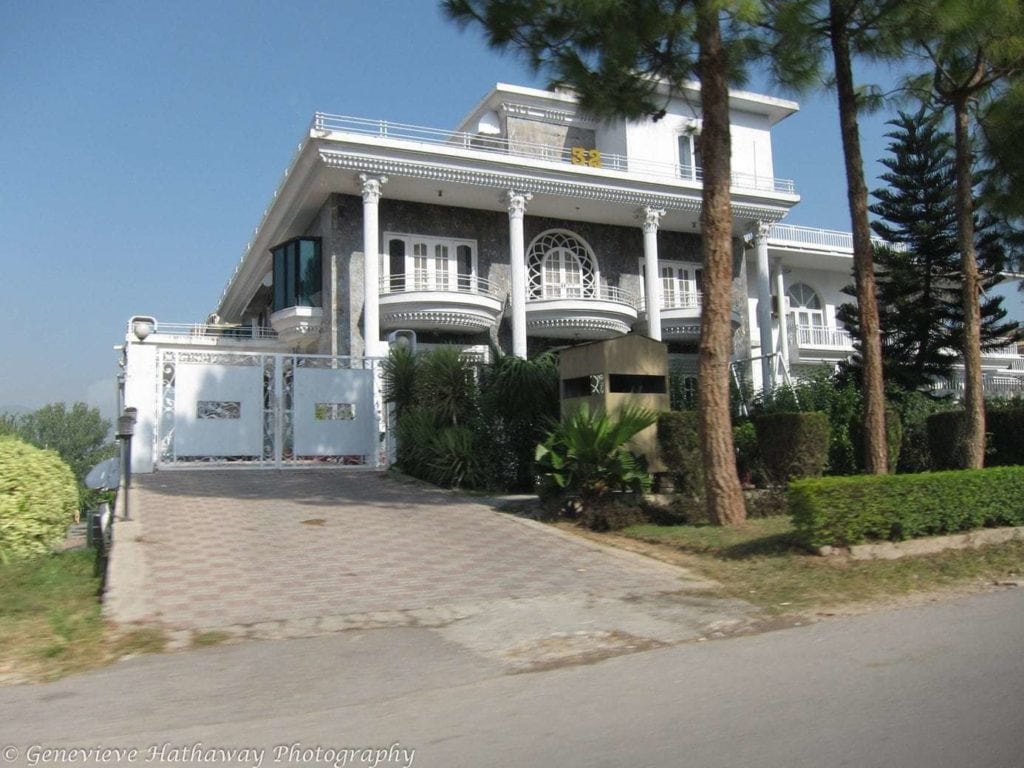
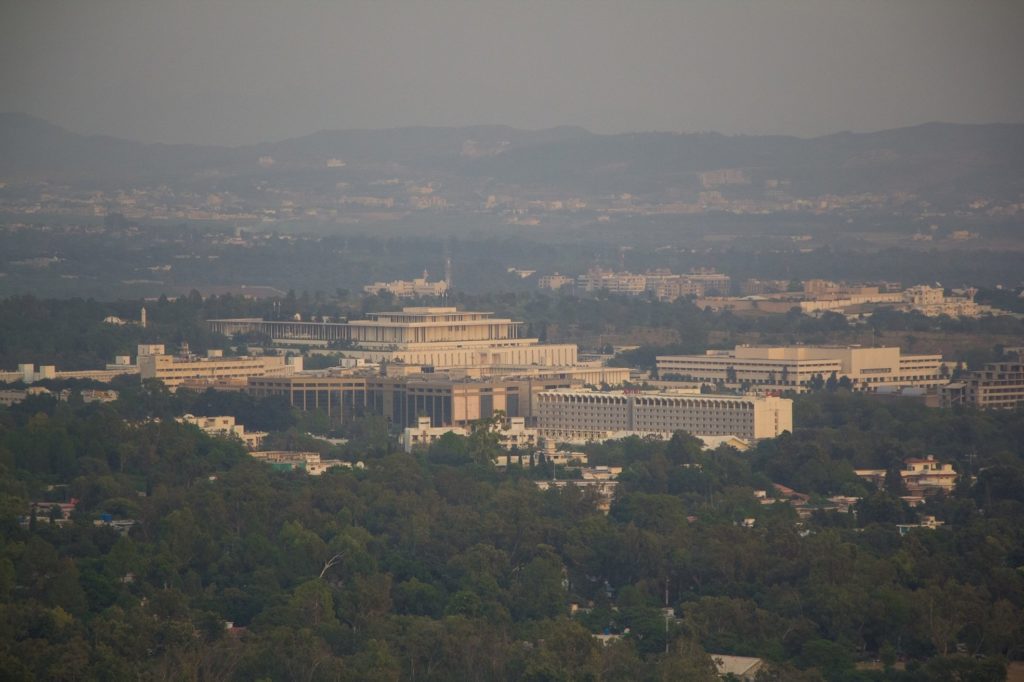
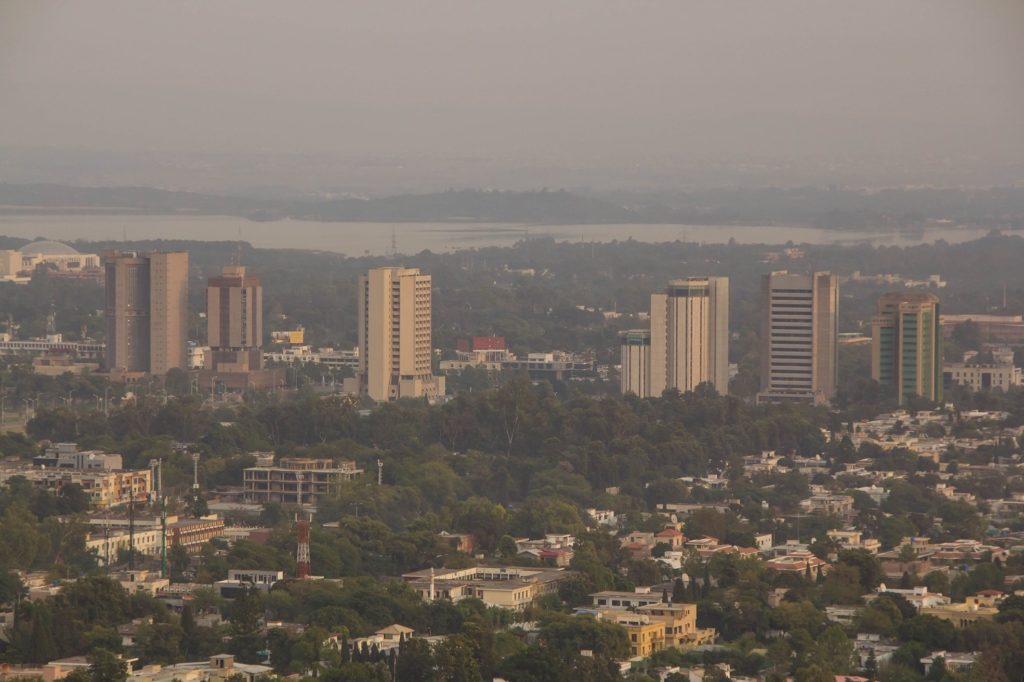
The Natco bus station is located, just outside of Islamabad near the slums. Islamabad’s slums consist of mud hovels, no running water, large piles of garbage, and starving children and animals. Most of what I saw in the rest of Pakistan was simple living but not abject poverty, these slums though were different. People here were living in what could be described as abhorrent conditions. Unfortunately, most major cities in developing nations come with their own form of staggering poverty and slums.
At the bus station, we easily found out bus — it was the only one getting ready to leave. Our bus was about the size of

a greyhound with seats that were half the size and 10 times more uncomfortable. Men slung all the luggage up onto the top of the bus, strapped down under a giant tarp. Most of the travelers on the bus were local villagers heading back up north.
With surprising punctuality, the bus driver started the engines shortly after our slotted departure time and our lumbering vehicle began the long journey up the Karakorum Highway.


